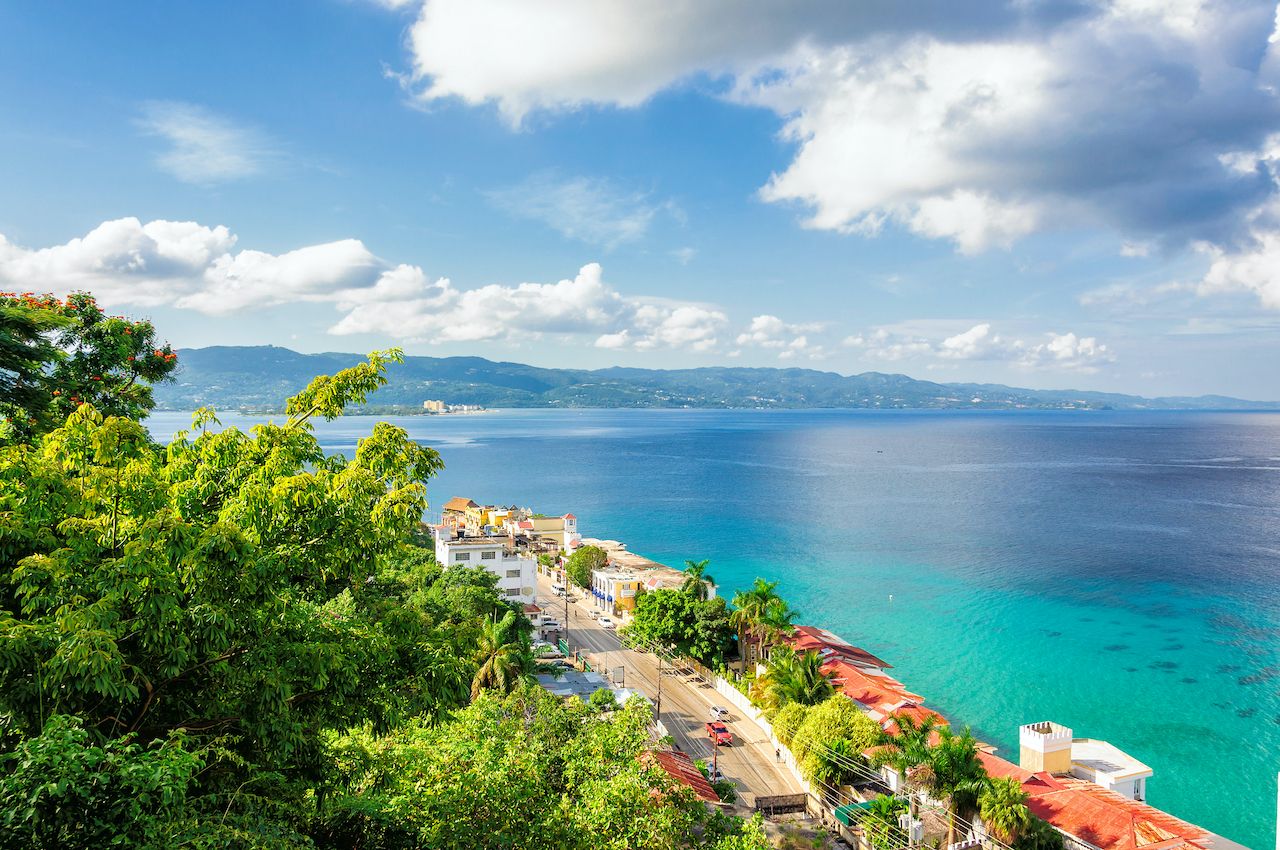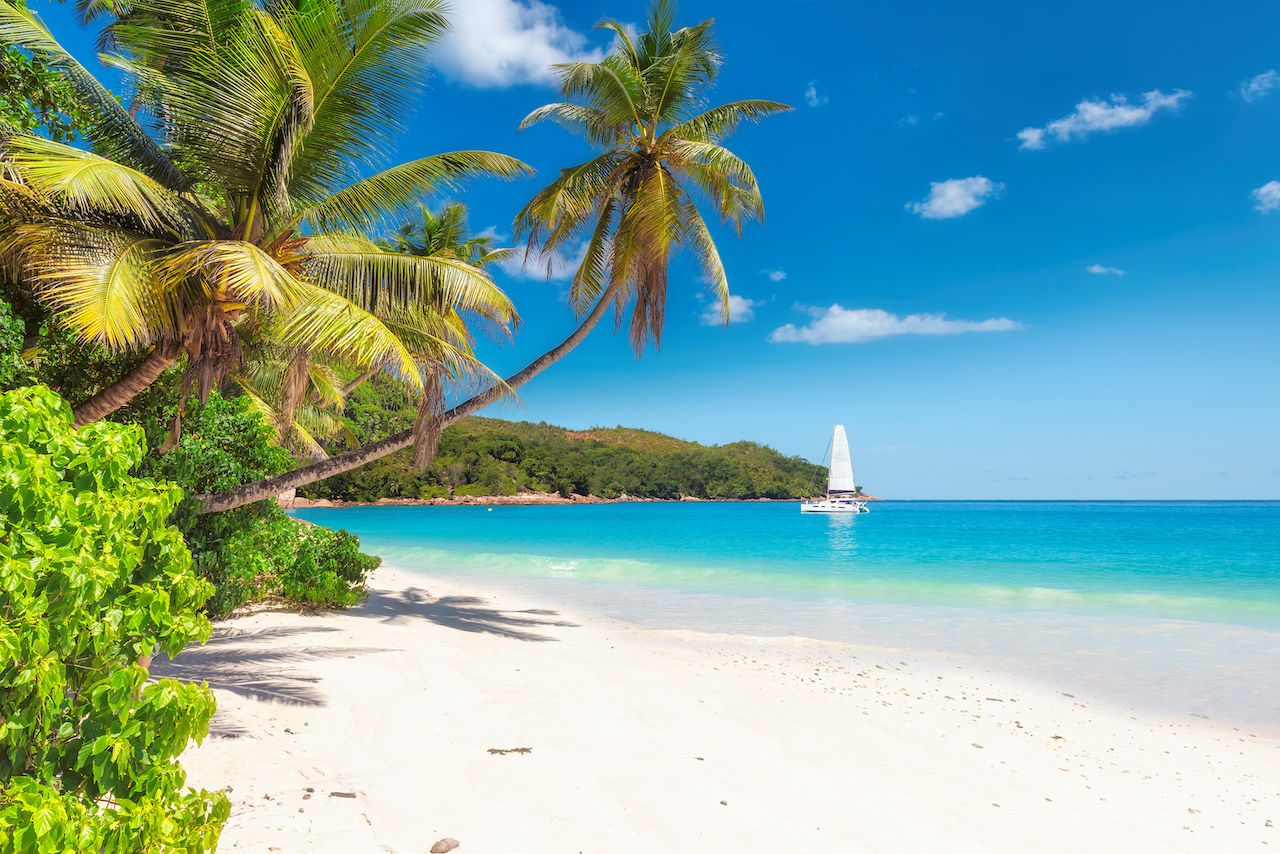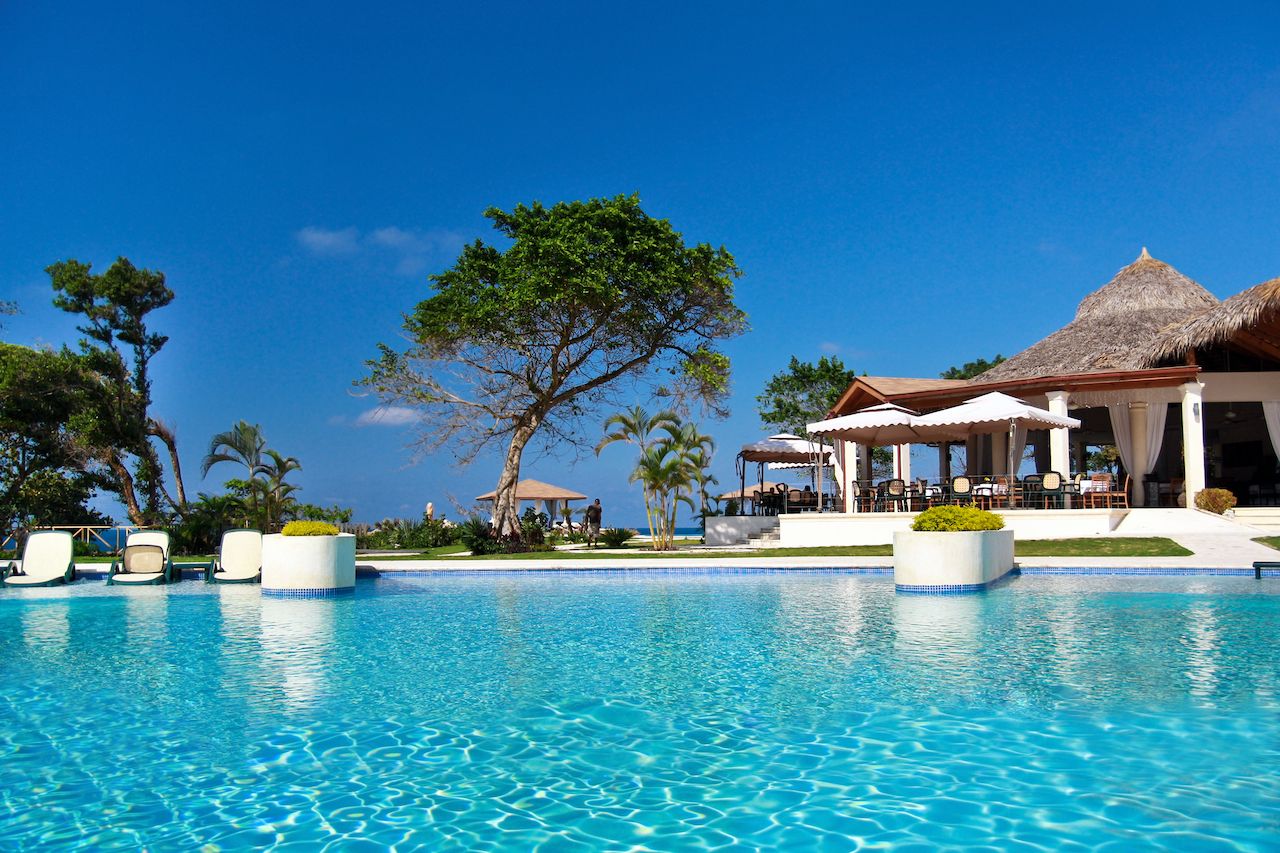Jamaica was a dream destination long before COVID-19 hung all hopes of summer travel on the Caribbean. Visitors are drawn to the island’s reputed rhythm, which builds with every lapping wave and swaying banana palm, every shot of rum and espresso, and every patois word, then crescendos in Jamaica’s packed, sweaty dance halls.
Clubs may be out of the question this summer, but Jamaica can still be the island escape travelers need, now more than ever. Even Americans are invited. Although temporary travel requirements pose challenges for quick trips, Jamaica has opened up its most coveted coastline for the summer 2020 holiday. Here’s everything you need to know to enjoy it.







